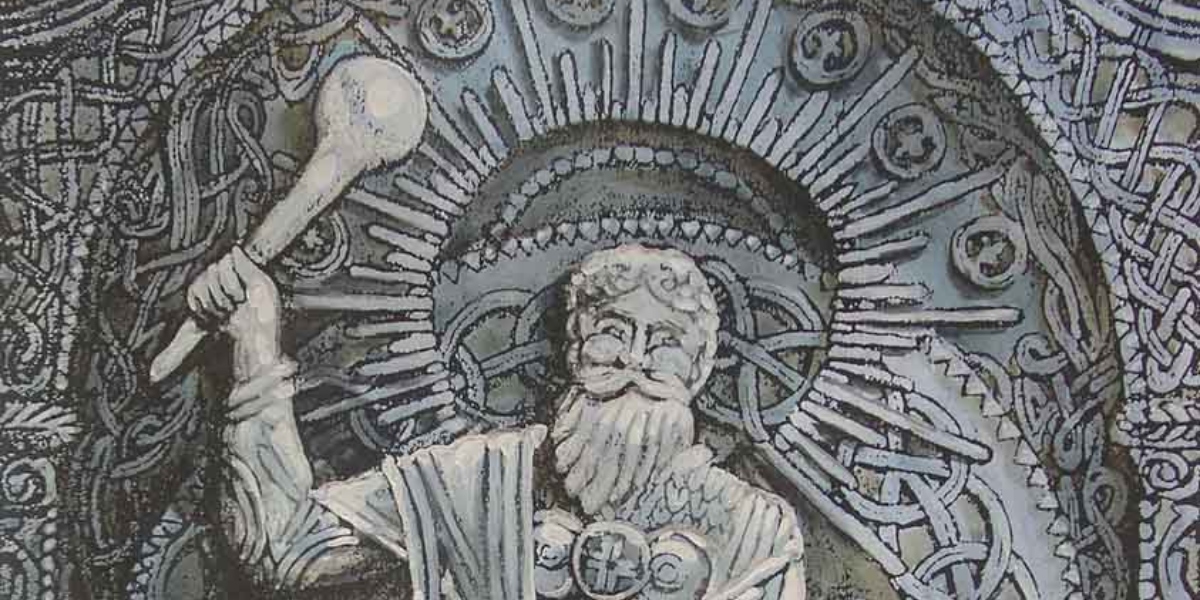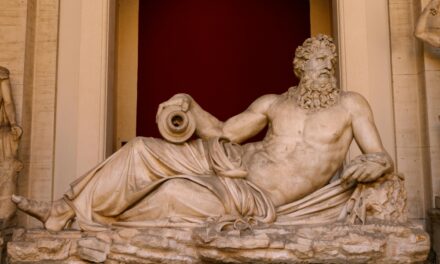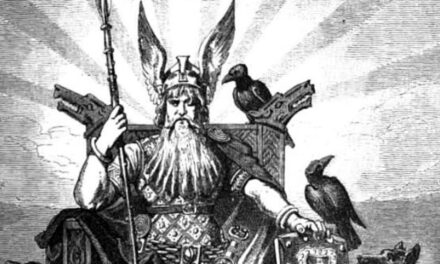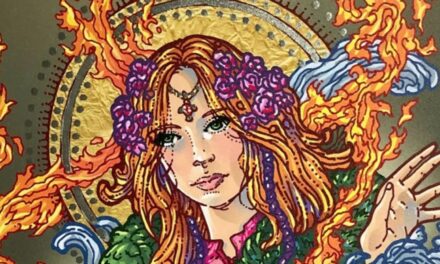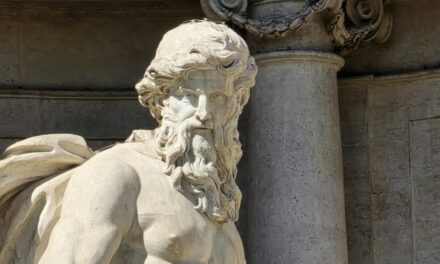Introduction
In forests thick with pine and birch, along rivers that mirror the endless sky, the Slavic gods once walked among their people. They were gods of thunder and fire, of the underworld and fertility, of wisdom and magic — deities whose presence was felt in every storm, every harvest, and every household hearth. To call their names was to summon protection, strength, and the guidance of ancestors.
Former Glory
The Slavic pantheon flourished across Eastern Europe, from the vast steppes of Russia to the rolling hills of Poland, the forests of Ukraine, and the Balkans. Perun, god of thunder and war, was revered as the defender of men and gods alike, his hammer-like weapons striking justice against chaos. Veles, god of the underworld, magic, and cattle, ruled over the unseen realms, the shadowed paths, and the wealth of the earth. Mokosh, goddess of fertility, women, and the land, was honored in fields, wells, and homes, ensuring life’s continuity. Svarog, the sky god and master of fire and craft, inspired blacksmiths and artisans, while his offspring, Dazhbog, brought the sun’s life-giving warmth.
Slavic peoples built sacred groves rather than stone temples, leaving offerings of bread, mead, or livestock at sacred trees, rivers, or stones. Rituals were tied to the cycles of nature — the solstices, equinoxes, and harvest festivals — reflecting the intimate bond between the gods and the land. Even when Christianity spread through the region, the old gods remained in folklore, songs, and hidden rituals, waiting in the shadows of churches and villages.
Modern Revival
Today, Slavic gods are honored again through Rodnovery, the modern Slavic Pagan revival. Across Russia, Poland, Ukraine, and the Balkans, and increasingly in diaspora communities worldwide, worshipers light candles, make offerings, and perform rituals in forests, fields, and at riversides.
- Perun is invoked for protection, courage, and justice, often through ceremonial feasts, symbolic sacrifices, or storm-watching rituals.
- Veles draws worshipers who seek wisdom, wealth, or guidance through magic and divination.
- Mokosh is honored by women and families, particularly during planting and harvest seasons, with songs, prayers, and offerings.
- Svarog and Dazhbog are invoked by artisans, farmers, and sun-worshippers, symbolizing craft, creativity, and the sustenance of life.
Modern Rodnovers reconstruct festivals and rituals based on historical sources, folklore, and archaeological findings. Sacred groves are reclaimed or newly established, and even household altars are common, keeping the gods close to daily life. Online communities share prayers, ritual guides, and teachings, connecting devotees across continents.
Conclusion
The Slavic gods, once silenced by time and conquest, now rise again in forest, river, and hearth. They are the storm, the shadow, the sun, and the fertile soil beneath our feet. And so we ask: do Perun’s lightning bolts still guard the faithful, does Veles still whisper guidance in the dark, and does Mokosh still nurture those who honor her?

